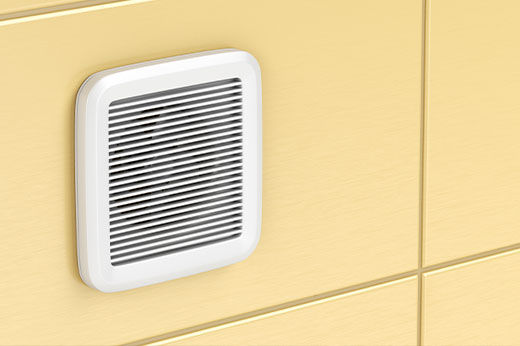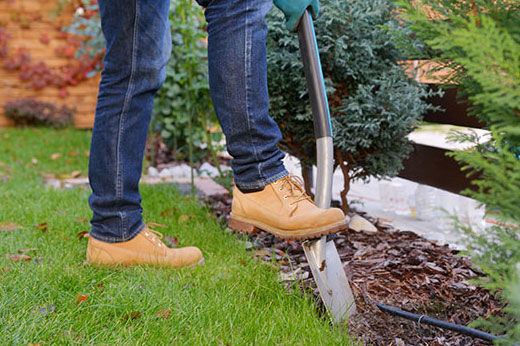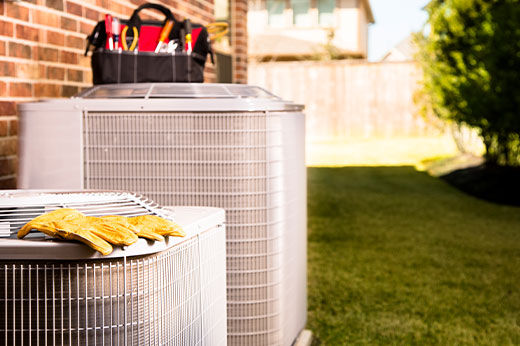How and When You Should Clean Your Chimney

Chimneys should be safety features that help funnel sparks, fumes, and smoke out of the home. Yet, they can become the very cause of a dangerous house fire when left neglected for too long. If used regularly, the chimney will slowly fill up with unburned residues known as creosote and soot. Even an unused chimney can become clogged with debris or bird nests. When a fire is burned in an obstructed chimney, dangerous gases and smoke enter the home instead of leaving it. Here’s how to know when to clean a chimney and how to do it yourself.
When to Clean a Chimney
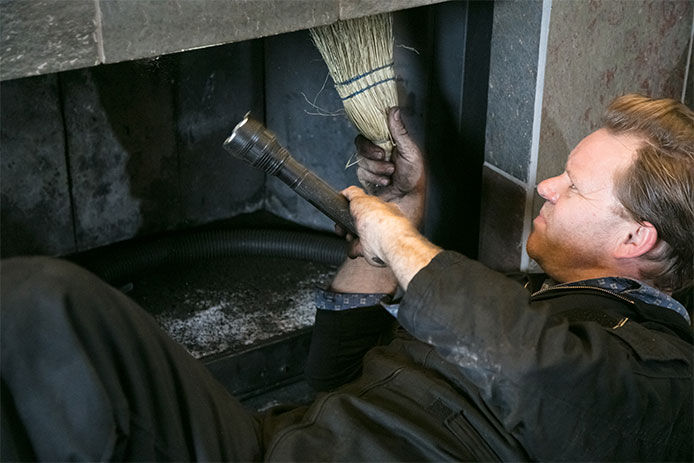
Chimneys must be cleaned at least once a year and before being used for that year. If it hasn’t been used in years, have it inspected instead to see if it even needs cleaning. Chimneys connected to heating appliances like wood stoves or used regularly should be checked more than once a year. Shining a light down from the top or up from the bottom should help reveal how much creosote is accumulating on the sides. Once there is at least 1/8 of an inch of creosote or soot, the chimney needs cleaning to prevent fire risks. This can take as little as a few months if the chimney is used daily or weekly.
Signs a Chimney Needs Cleaning
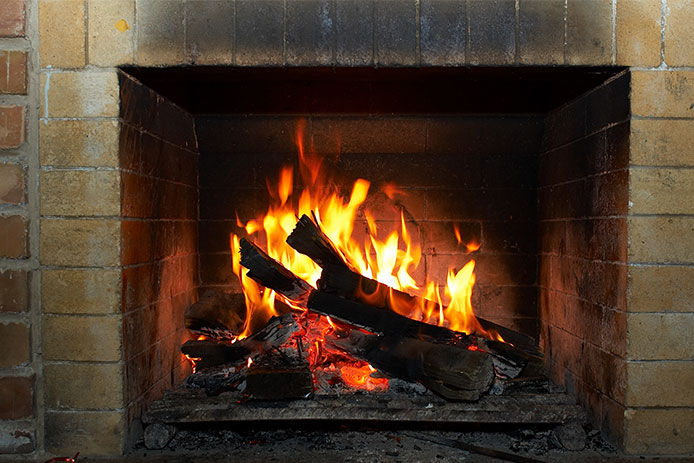
If you can’t check the creosote level yourself, have the chimney inspected professionally any time you notice signs like:
- Sluggish smoke rising even when the damper is wide open
- Sticky operation of the damper and flue
- Soot deposits around the hearth or mantel, indicating there’s not a sufficient draft to suck them up the chimney
- A distinct wet cardboard smell, which is from the creosote accumulation.
While you can remove honeycomb creosote and piled soot from the chimney yourself, eventually a hard glaze will form. These glazes need professional removal with acid-based treatments or other solutions. With regular DIY cleaning, a chimney may not need this kind of more intensive cleaning for years. Regardless of the cleanup method used before, make sure to surround the stove or fireplace with painter’s plastic to catch the creosote and soot.
How to Clean: Wood Stove Pipes
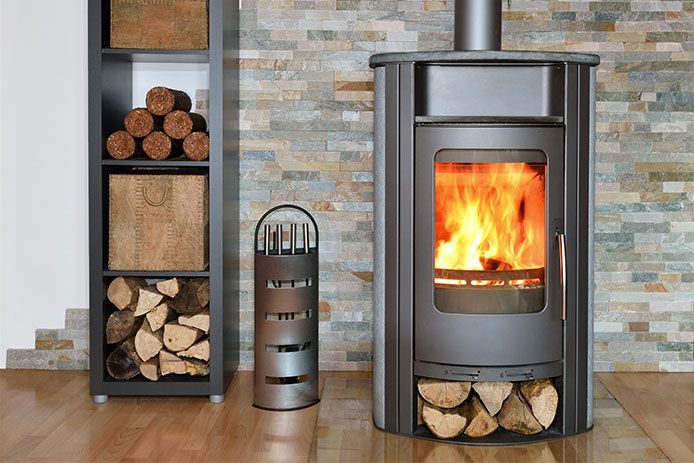
The round stove pipe used for many wood stoves is particularly important to keep clean because it’s smaller in diameter than most masonry or lined chimneys. When debris builds up inside, the six to eight-inch pipe loses a lot of its diameter all the way around. Wood-stove pipes are easy enough to clean if you have enough space in the firebox of the stove and/or can access the roof safely.
Try cleaning from the bottom up with a round wire brush the diameter of the piece. Attach flexible threaded rods to the brush to slowly push it up the length of the pipe, then pull it back again. Repeat until the brush moves smoothly to verify you’ve cleared the creosote.
For more thorough cleaning, attach ropes to the brush instead. One person will need to get on the roof and remove the chimney cap, then feed the brush down by the rope on their end. The person inside the home grabs the rope when it feeds down to them. They both coordinate to carefully pull the brush back and forth until the stove pipe is clean.
How to Clean: Masonry Chimneys
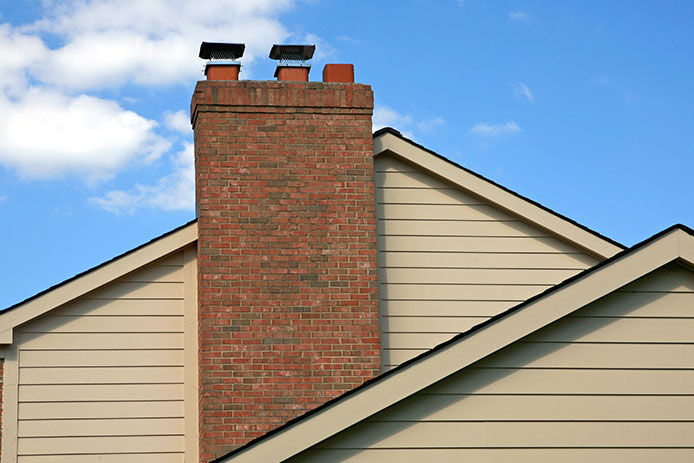
Masonry chimneys are cleaned in much the same way, either with a rod or a pair of ropes. However, the larger size and less regular shape of these chimneys make it more challenging for homeowners. Creosote left in corners or along uneven edges can still cause chimney fires later. Make sure to use a brush sized for the chimney opening to ensure a good sweep. Masonry chimneys tend to be attached to larger fireplaces, giving you more access to reach up into the space for cleaning and checking your work.
How to Clean: Lined Chimneys

A lined chimney needs cleaning too. However, the metal or clay materials used for the process can become damaged by harsh materials. Make sure to only used nylon or natural bristled cleaning tools on lined chimneys. The two-rope method is also not recommended since it’s easy for someone to accidentally yank a section of the liner loose with that technique. When in doubt, stick to professional cleaning for lined and delicate chimneys.
How to Clean: Gas Chimneys

The chimneys used for venting gas fireplaces and similar appliances aren’t quite the same as those used for wood-burning appliances. However, these vents still need inspection and may require professional cleaning if they’re obstructed or dirty. Gas appliances shouldn’t create much soot or creosote if they’re running correctly, but don’t count on the vent being cleared unless you schedule an annual inspection.
Chimney cleaning can be done in the spring or fall, depending on what time of year you prefer to burn fires. However, always inspect or have the chimney inspected before the first fire of the year, even if it’s only been a few weeks or months since the last one. One quickly built bird’s nest can be all it takes to start a house fire due to a blocked chimney.
While do-it-yourself projects can be fun and fulfilling, there is always a potential for personal injury or property damage. We strongly suggest that any project beyond your abilities be left to licensed professionals such as electricians, plumbers, and carpenters. Any action you take upon the information on this website is strictly at your own risk, and we assume no responsibility or liability for the contents of this article.

